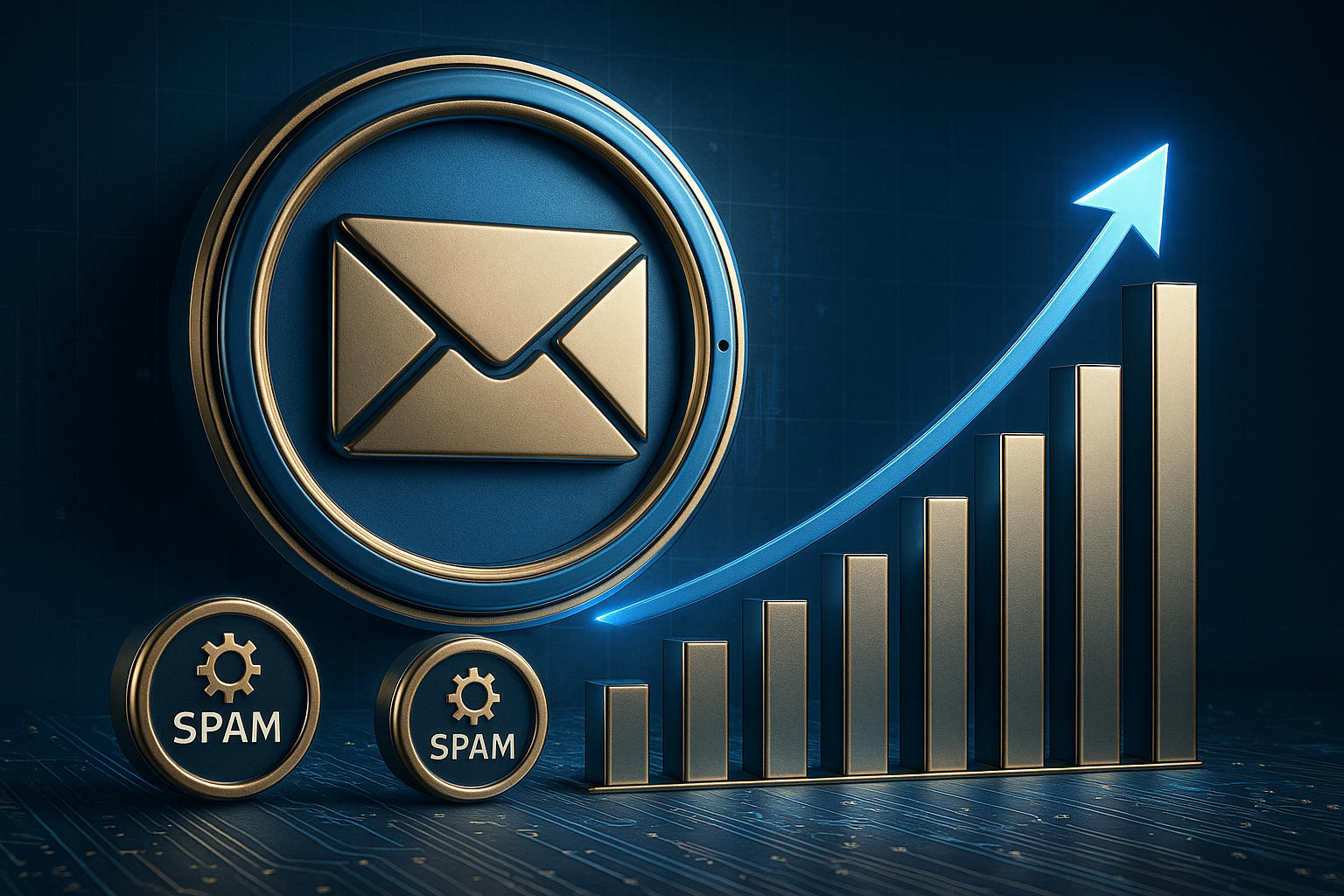Have you ever sent a carefully written email, then later found out it landed in the spam folder? That sinking feeling is all too common. Doing email warmup on your own is technical & boring thing that prevents most people doing it right. Whereas Email Warmup Service makes the whole process easier and safer.
Below I’ll explain what a warmup service does, why it is important, and how to tell whether your warmup is working. No fluff, just the useful bits.
Okay, so what is email warmup?
In plain terms, email warmup is the slow, steady & technical process of proving to mailbox providers that your email address and domain are legit. If you create a new email address and suddenly send thousands of messages, providers like Gmail or Outlook get suspicious. They may route your messages to spam, or block them entirely.
A warmup service helps you avoid that by doing a few things on your behalf, automatically:
- It sends volumes of email at first, then increases the volume gradually.
- It generates positive interactions, like opens, clicks, replies, etc. so providers see engagement.
Think of it as a polite introduction to ISPs, rather than barging in and shouting.
Why it matters, in real terms?
You can have the best subject line, and the nicest email design, but none of that matters if your messages never reach the inbox. Here are the practical benefits of warming up properly:
- Emails land in the inbox more often. Less time spent wondering why open rates are low.
- Fewer bounces and complaints. That protects your sender reputation over the long run.
- Safer scaling. When you ramp up for a campaign, you do it from a stable baseline, so sudden spikes do not trigger blocks.
- Better data. Smaller, controlled sends let you spot deliverability problems early, before you waste a lot of money on a big send.
In short, warmup turns unpredictable sending into predictable sending.
Metrics to watch, and what to do if they change?
Pay attention to these numbers, check them daily while warming up:
- Bounce rate. Keep it below 1–2 percent. If it creeps above 2–3 percent, stop and clean your list.
- Spam or complaint rate. Aim for under 0.1 percent. If it rises, identify the source and remove those recipients.
- Open rate. For a warmup audience (people you know or engaged users), you should see decent opens, often 15–40 percent. Very low opens suggest you are sending to the wrong people.
- Replies and clicks. Any replies are great, they signal real engagement and help your reputation.
If something goes wrong, don’t panic. Fix the list, check authentication, and resume slowly.
Common mistakes, so you can avoid them?
- Ramping too fast. People rush, then wonder why everything hits spam. Slow is safe.
- Using bad lists. Bought lists and stale data cause bounces and complaints, every time.
- Skipping authentication. SPF, DKIM, and DMARC are not optional. Set them up before you send.
- Ignoring metrics. If you only check numbers weekly, you will miss early warnings.
A quick checklist to start tomorrow
- Set up SPF and DKIM records, add a basic DMARC.
- Pick a tiny, engaged seed list to start with.
- Plan a conservative ramp schedule, and document thresholds for pause.
- Track bounces, complaints, opens, clicks daily.
- Keep your content simple during warmup, short subject lines, no heavy attachments.
Final note, plain and simple!
Warmup is not glamorous, and it takes time, but it saves you from a lot of wasted effort. Think of it like slowly building trust with a new audience, only this time the audience includes mail providers. Do it right, and your campaigns will actually reach people. Do it wrong, and your best emails will gather dust in spam folders.
Advertisement:

